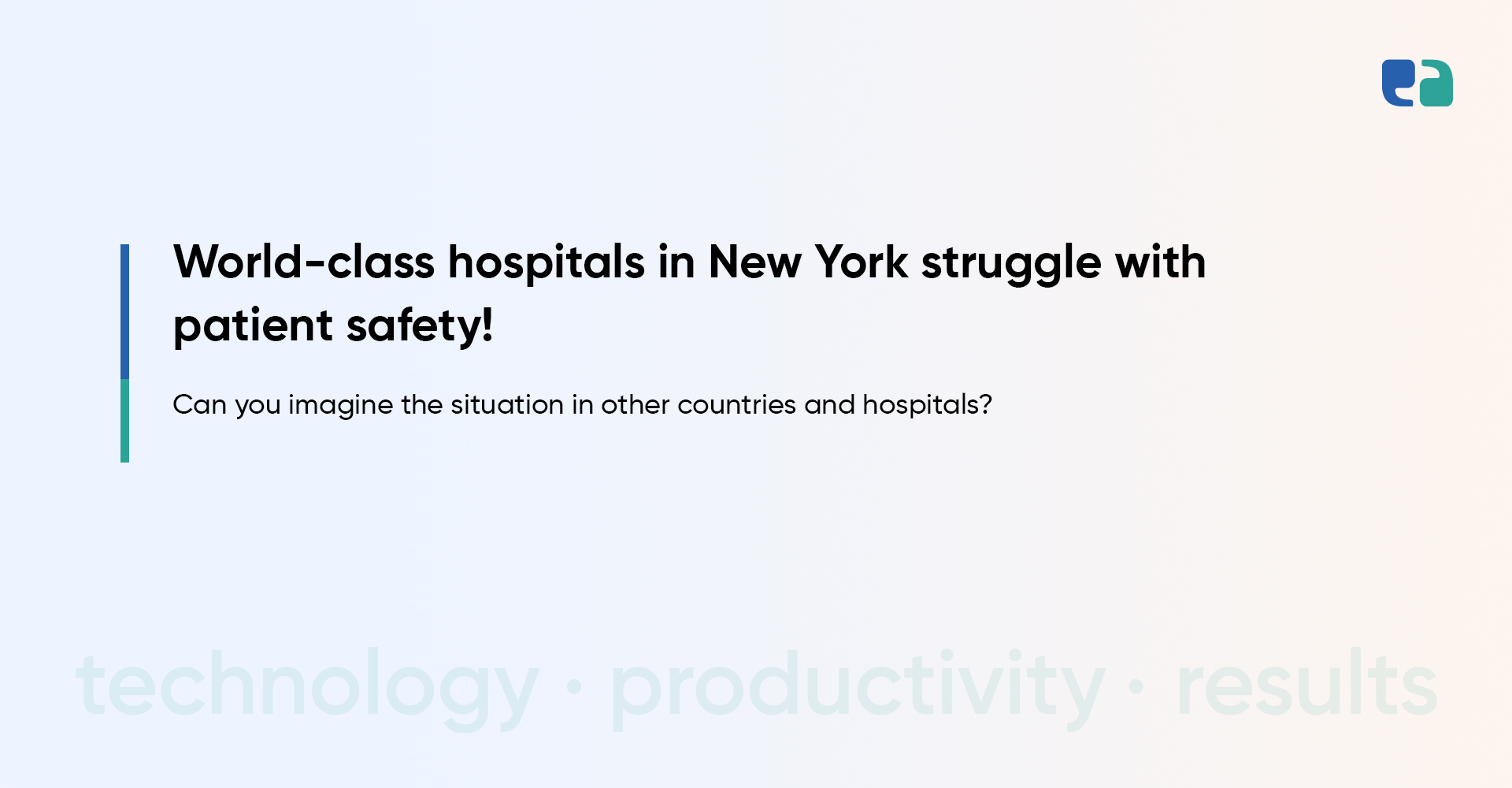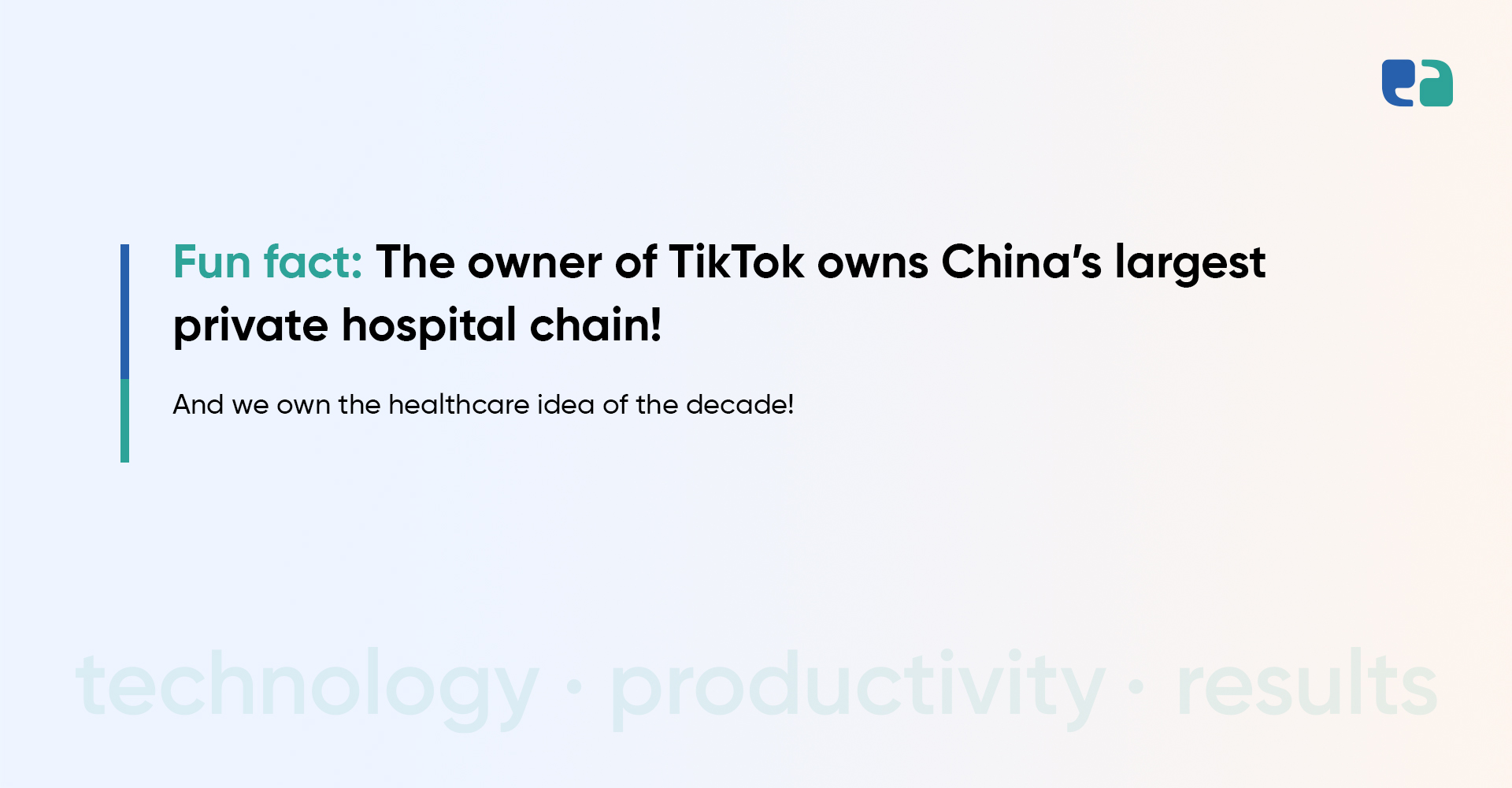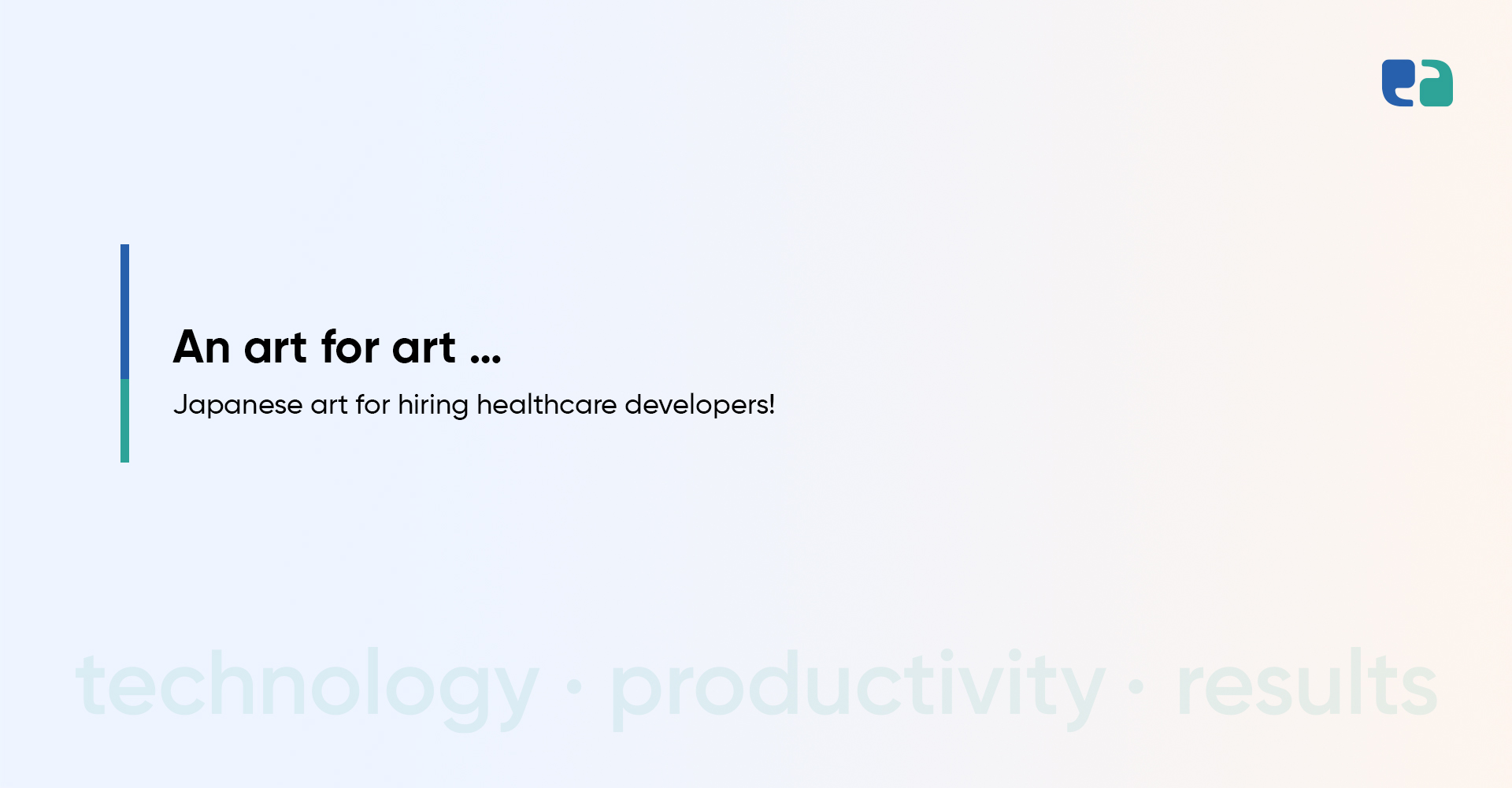The use of virtual reality (VR) in healthcare is on the rise, especially for managing pain.
Did you know that chronic pain affects at least 10% of people worldwide?
It’s a top reason why many seek medical help.
Traditional pain management often depends on medication, which can come with unwanted side effects.
This is where VR steps in as a game-changer.
It offers a non-invasive and engaging way to tackle pain.
A great example is Flowly, a successful VR pain management app.
Flowly combines immersive VR experiences with biofeedback therapy, helping users learn to regulate their nervous systems and manage pain without solely relying on medication.
Flowly’s Success: A Blueprint for Building Your VR Pain Management App
Flowly is a mobile app launched in 2019 that uses virtual reality and biofeedback to help people manage chronic pain.
Backed by the National Institutes of Health, Flowly has gained attention for reducing pain and cutting down opioid use.
Clinical trials showed a 40% average reduction in opioid use, and users experienced pain relief lasting up to 72 hours after sessions.
The app is accessible, offering affordable subscription plans starting at $9.99 per month.
Flowly’s success, with over 10,000 users and 100 healthcare providers, makes it a perfect model for anyone looking to build a VR app for chronic pain.
Understanding Flowly App’s VR Pain Management Approach

Flowly’s success lies in how it combines VR and biofeedback to help users manage chronic pain. Here’s a quick look at its key features:
1. Biofeedback Integration
Flowly uses a Bluetooth heart rate sensor to show users their heart rate and breathing patterns in real-time. This helps them see how their body reacts and learn to control their nervous system.
2. Immersive VR Environments
Flowly offers calming VR environments, like beaches and forests, that help users relax and escape from pain. The focus on soothing visuals and sounds creates a sense of calm.
3. Personalized Experience
Flowly tailors each user’s journey by determining their best breathing rate. This personalized approach helps optimize heart rate variability and relaxation.
4. Community Support
Chronic pain can be isolating, so Flowly includes a community feature. Users can connect, share experiences, and offer support to one another.
5. Data-Driven Results
Flowly’s methods are backed by clinical trials and research. Its success in reducing opioid use and managing pain is supported by scientific validation.
Use Cases of VR for Pain Relief Solution
VR solutions for pain management work by shifting a patient’s attention away from the pain, helping to reduce its intensity. Here are some key use cases:
1. Chronic Pain Management
VR is useful for patients with neuropathic pain, helping reduce long-term reliance on medication and minimizing side effects and healthcare costs.
2. Acute Pain Management
For patients with burn injuries or severe trauma, VR speeds up rehabilitation and enhances patient satisfaction during hospital stays.
3. Medical Procedure Pain Control
VR helps during dental treatments, surgeries, or childbirth by easing pain and reducing the need for anesthetics.
4. Mental Pain and Anxiety Relief
Used in therapy sessions, VR helps accelerate recovery for patients dealing with mental health disorders.
5. Pediatric Pain Management
VR can distract children undergoing medical care, reducing their need for medication and making treatments more comfortable.
Features You Need to Build a Successful VR App in Pain Management
- User-Centric Design: Intuitive interface and personalization options.
- Pain Assessment Tools: Self-reporting mechanisms and wearables integration.
- Immersive Content: Varied environments and guided sessions.
- Therapeutic Modalities: Cognitive behavioral therapy and mindfulness techniques.
- Progress Tracking: Session analytics and goal setting.
- Community Support: User forums and access to professionals.
- Safety Features: Session duration control and easy exit options.
- Data Security: HIPAA compliance and data anonymization.
- User Feedback: In-app surveys and beta testing.
- Scalability: Telehealth integration and cross-platform compatibility.
7 Steps to Build Your VR Pain Management App
1. Define Your Audience
Start by deciding who your app will help. Will it focus on chronic pain, post-surgery recovery, or specific conditions like fibromyalgia? Think about the age and tech comfort of your users—especially if older adults might be using your app.
2. Research & Validation
Look into the science of VR for pain management. Study proven approaches and consult with healthcare professionals like pain specialists or psychologists to ensure your app is built on evidence.
3. VR Development
Choose the right VR platform for your users. Mobile VR is often cheaper and more accessible, making it easier for people to use with just a smartphone. Simplicity is key.
4. Biofeedback Integration
Add reliable sensors that measure heart rate or breathing patterns. This real-time data makes the experience more interactive. You could even explore advanced metrics like heart rate variability or brain waves.
5. Create Relaxing Content
Design calming VR environments like peaceful beaches or forests. Work with VR designers who understand how colors, sounds, and visuals can affect pain and anxiety.
6. Gamify the Experience
Make the app engaging by adding goals or rewards. Users can unlock achievements or earn points that lead to real-world rewards like discounts or calming products.
7. Test and Iterate
Conduct beta testing with real users to gather feedback. Analyze the data to refine features and improve user engagement. Continuous iteration based on user input will enhance the app’s effectiveness.
Architecture of a VR Pain Management App
When building a VR pain management app, it’s essential to understand its architecture. Here are the three fundamental components involved:
1. Database: This is where all the crucial data is stored. It keeps the VR content, like 3D models and audio, ensuring everything runs smoothly.
2. Administration Panel: Think of this as the app’s control room. It allows you to manage and modify the data in the database and oversee the client application.
3. Client Application: This is the user-facing part of your app. It visualizes the VR experience, enabling users to interact with the virtual environments seamlessly.
Tech Stack for Creating a VR Pain Management App






